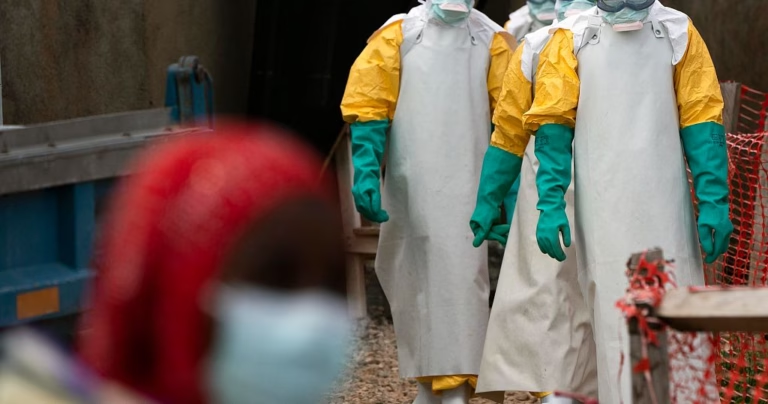[Image: EURONEWS]
New Findings from The Lancet Shed Light on Preventable Liver Cancer Causes
A recent study published by The Lancet reveals some concerning statistics regarding liver cancer. The report indicates that almost 60% of liver cancer cases globally can be traced back to factors that are preventable, with alarming news that cases related to obesity are increasing at a significant rate.
Risk Factors and Projections
The research highlights that by addressing key issues such as viral hepatitis, alcohol abuse, and metabolic dysfunction-associated steatotic liver disease (MASLD), also known as liver disease caused by excessive fat, more than six out of ten liver cancers could be avoided. With current trends indicating a potential doubling of new cases to 1.52 million by 2050 and a predicted increase in deaths from 760,000 to 1.37 million over the same period, the urgency for intervention cannot be overstated.
Global and Regional Impact
Particularly Africa stands out as a region where liver cancer is expected to see a significant rise by 2050. The Lancet Commission on liver cancer points to a sharp increase in metabolic dysfunction-associated steatohepatitis (MASH) cases, the severe form of MASLD, which is forecasted to increase by 35% by 2050.
Lauding the Danger
Professor Hashem El-Serag, a key author of the report and a hepatologist at Baylor College of Medicine, emphasizes that the lack of seriousness given to liver cancer is rooted in a failure to perceive its risk factors seriously. The increase in obesity rates, especially in the U.S., Europe, and Asia, is pointed out as a significant contributory factor, with over half of U.S. adults expected to develop MASLD by 2040.
Similar trends are observed in Africa, where cultural perceptions equating a “pot belly” with wealth and prosperity may exacerbate the issue. Professor El-Serag draws a link between dietary habits affected by poverty and the rise in metabolic liver disease among the poor, highlighting a disconnect in the perception of healthier diets.
Hope for Reduction
The study also offers a glimpse of hope with cases attributed to hepatitis B and C expected to slightly decline due to ongoing vaccination and treatment efforts. However, it calls for global concerted action, including broader hepatitis B vaccination, more stringent policies on alcohol, and enhanced early screening for high-risk individuals, such as those suffering from obesity and diabetes.
Should nations manage to reduce liver cancer occurrence by 2-5% annually, up to 17 million cases and 15 million deaths could be prevented by 2050. Professor El-Serag further emphasizes that while hepatitis B and C are major contributors to liver cancer in Africa, the continent’s shifting lifestyle and diets due to “westernisation” mean it could face an escalation of risk factors.
The Path Forward
The recommendation for moving forward includes public awareness campaigns, improved detection mechanisms, and better integration of palliative care for patients. Liver cancer, currently the sixth most common cancer and third leading cause of cancer deaths worldwide, could see its course significantly altered through targeted prevention strategies.







